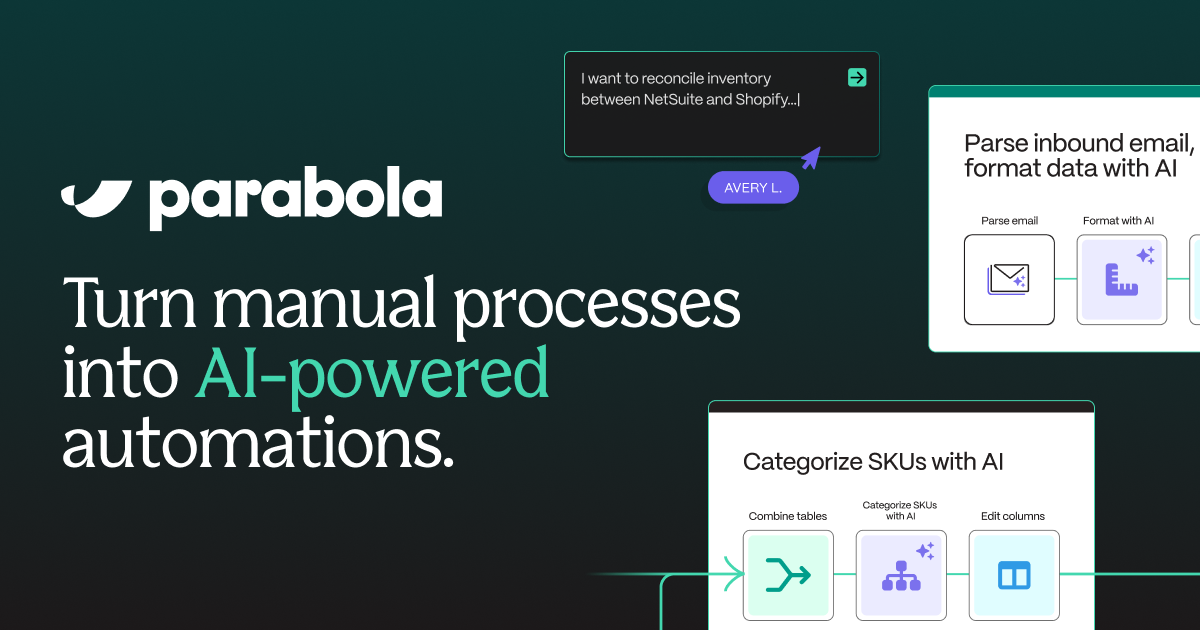Extract Amazon Redshift Data Using AI – Free Template
Automatically extract your Amazon Redshift data without writing a single line of code.

Automatically extract your Amazon Redshift data without writing a single line of code.









Parabola is a powerful tool that can help you automate the process of extracting data from your Redshift warehouse. With Parabola, you can:
Parabola's Redshift integration allows you to pull data directly from your warehouse, making it easy to extract and process information from your database.
The Extract with AI step in Parabola leverages large language models to intelligently parse and extract specific values from your Redshift data. This powerful feature can understand context and identify patterns in your data, making it ideal for processing complex database information.
By extracting and analyzing data from your Redshift tables, you can gain valuable insights into your business patterns. This information can help you improve data models, identify trends, and better understand your data relationships.
Extracting key information from your warehouse, such as query patterns, data volume, and usage metrics, can help you optimize performance and manage resources effectively.
Using Parabola's data visualization capabilities, you can create comprehensive reports and dashboards that showcase the insights you've gained from your Redshift data. These reports can be used to inform business decisions, track metrics, and communicate with stakeholders.








Request a demo and see how Parabola can automate
your most manual SOPs.